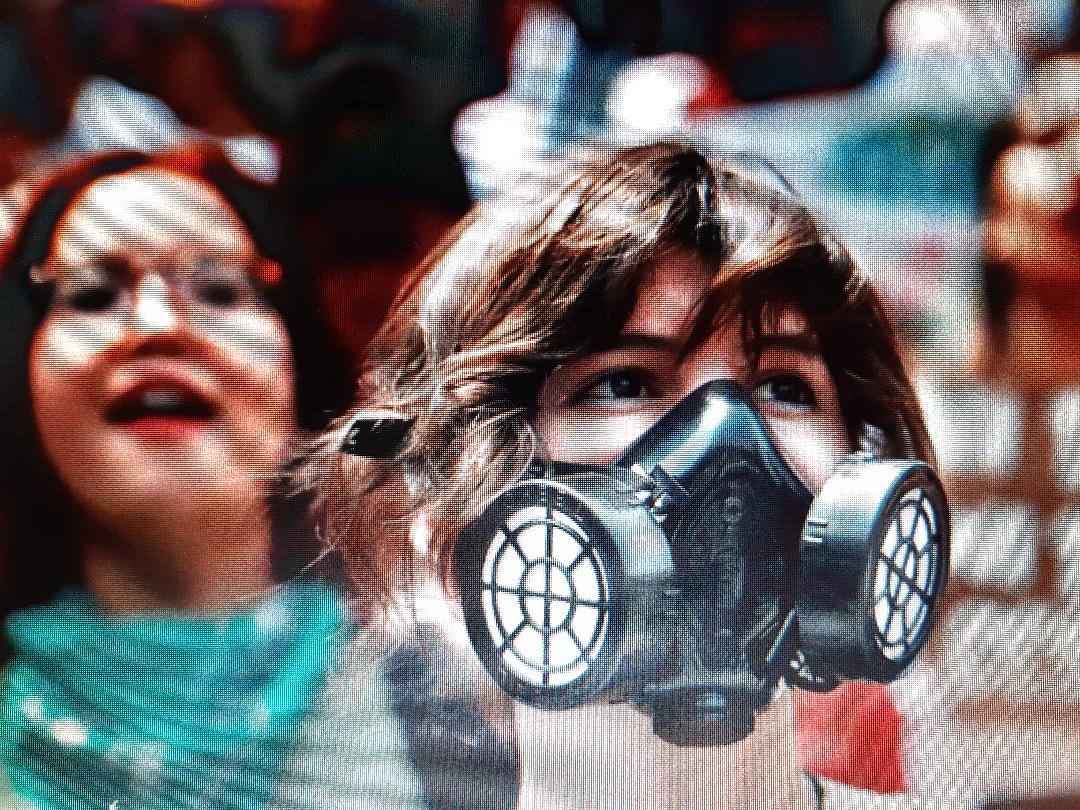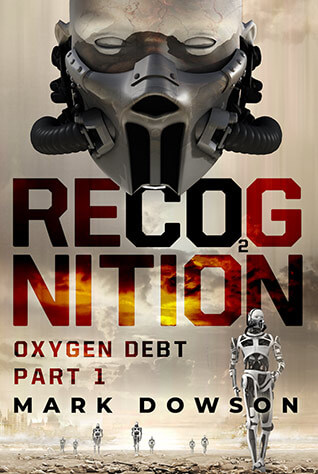
![]()
‘There is no planet B’: Millions take to the streets globally in what could be largest environmental protest in history
Phoebe Weston, Chris Riotta
1 day ago

© ASSOCIATED PRESS A demonstrator wears a filter mask during a global protest on climate change in Mexico City, Friday, Sept. 20, 2019. Across the globe, hundreds of thousands of people took the streets to demand that leaders tackle climate change in the run-up to a U.N. summit. (AP Photo/Marco Ugarte)
Are hurricanes getting stronger- and is climate breakdown to blame?
https://www.theguardian.com/news/series/the-briefing
Mon 20 May 2019 07.00 BST
What is a hurricane exactly?
A hurricane is a large rotating storm that forms over tropical or subtropical waters in the Atlantic. These low pressure weather systems draw upon warm water and atmospheric moisture to fuel their strength and will gather pace if not slowed by patches of dry air, crosswinds or landfall.
“They are very tall towers of winds that move at the same speed, sometimes 60,000ft tall,” says Jim Kossin, a scientist at the US National Oceanic and Atmospheric Administration. “If they are unmolested by wind shear or run over land they will continue on their merry way.”
Why is there a hurricane season?
Almost all hurricanes develop once the northern hemisphere approaches summer, with the hurricane season running from 1 June to 30 November. The season peaks between August and October.
This is because wind shear, which can disrupt hurricanes, dies down during summer, while the temperature of the oceans rise and the amount of moisture in the atmosphere increases. These conditions are ideal for spawning hurricanes.
Author’s thoughts:
The key words mentioned above is ‘Wind Shear’, and how it could play a significant role in preventing the hurricane from developing and growing at speed.
If we are able to create a design solution where we can try and curb the hurricane from occurring by restraining its development, growth and speed, then surely we have part of the answer in reducing the potential of a hurricane happening?
If we can create a technological design solution that not only ‘Minimises the amount of warm air rising’ from the oceans that create a hurricane, and a solution that creates ‘Wind Shear of the Light Winds’ moving the hurricane forward, curbing the momentum’ during summer, to prevent the ‘Light Winds steering the hurricane and letting it grow,’ then we have a solution that prevents a hurricane from happening and creates calmness from the oceans.

How is this topic relevant to the protagonist in my story? Dr. Ben Richards’ has the ability to create such as design concept solution.
Well for starters he is a Wind Scientist, secondly his innovative design solutions look at how potential wind shear effects his proposed designs within the urban environment. Conversely, he could use his expertise to develop a design concept around creating wind shear within a vast open landscape like the ocean.
Does this mean that hurricanes are getting stronger and more damaging?
While the overall number of hurricanes has remained roughly the same in recent decades, there is evidence they are intensifying more quickly, resulting in a greater number of the most severe category four and five storms.
The proportion of tropical storms that rapidly strengthen into powerful hurricanes has tripled over the past 30 years, according to recent research. A swift increase in pace over a 24-hour period makes hurricanes less predictable, despite improving hurricane forecasting systems, and more likely to cause widespread damage.
Author’s comments:
All the more reason to create a solution that can be responsive within a 24 hour period to help prevent the hurricane occurring.
Is climate breakdown to blame?
There is growing evidence that the warming of the atmosphere and upper ocean, due to human activity such as burning fossil fuels, is making conditions ripe for fiercer, more destructive hurricanes.
“The past few years have been highly unusual, such as Irma staying strong for so long, or the hurricane in Mozambique that dumped so much rain,” says Kossin. “All of these things are linked to a warming atmosphere. If you warm things up, over time you will get stronger storms.”
Climate breakdown is tinkering with hurricanes in a variety of ways. More moisture in the air means more rain, while storms are intensifying more quickly but often stalling once they hit land, resulting in torrential downpours that cause horrendous flooding.

